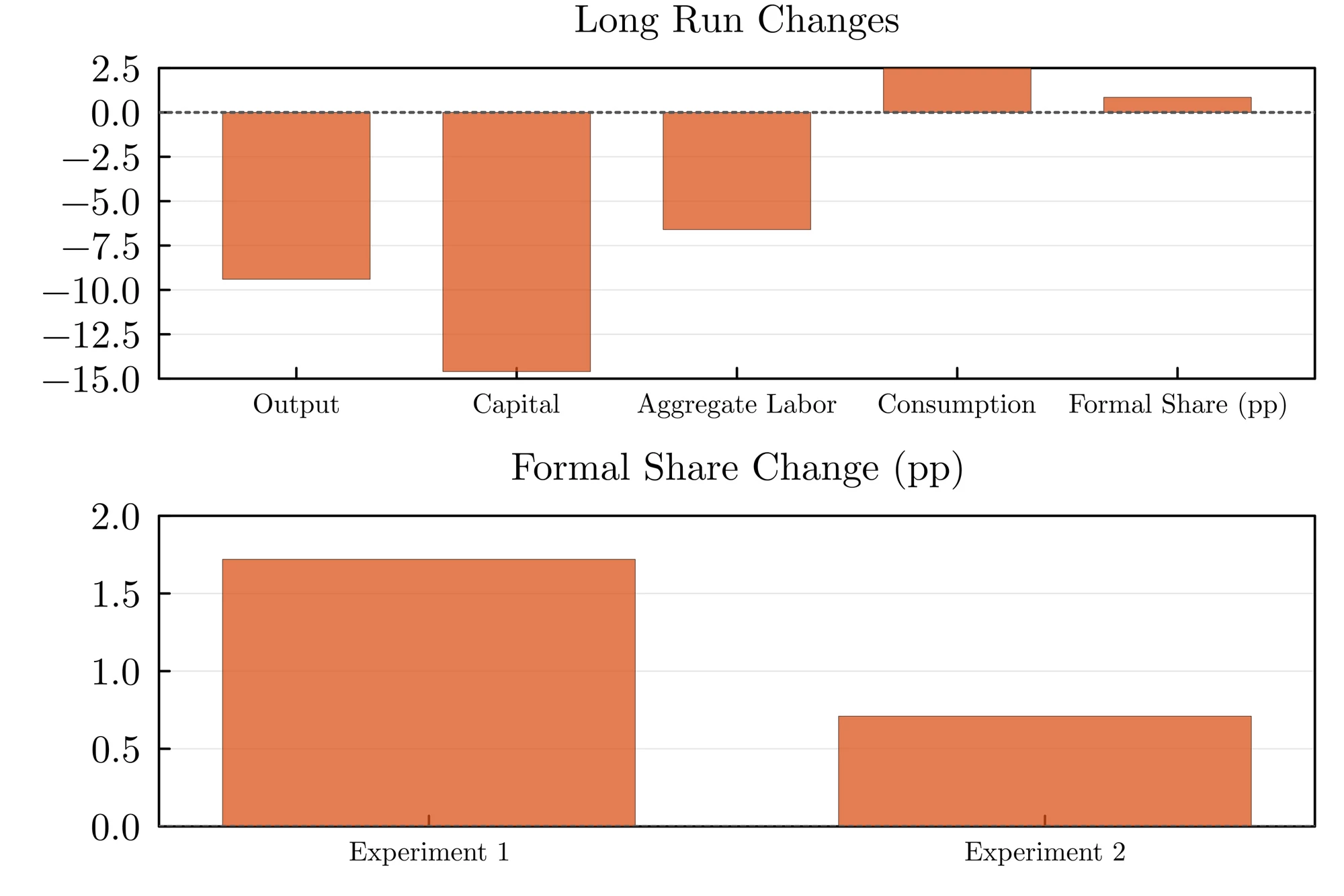 Almost all investors now consider ESG factors important in infrastructure decisions | © Shutterstock, GoodStudio
Almost all investors now consider ESG factors important in infrastructure decisions | © Shutterstock, GoodStudio
With a $3.7 trillion global infrastructure investment need that continues to widen, and government debt levels substantially higher than they were after the global financial crisis, recent infrastructure bond issuances offer valuable lessons.
The COVID-19 pandemic is the most recent evidence of what quality infrastructure can do, and what happens when it is lacking. For the past 18 months, critical and digital infrastructure helped connect people and keep economies running. But the pandemic also highlighted gaps in resilience, most obviously in hospitals and health systems.
Few governments can fill the infrastructure investment gap alone. In April 2021, public debt levels across all G20 economies were 50–100% higher than they were following the global financial crisis. Many developing countries face major financial shortfalls due to weak fiscal and external balance sheets and elevated debt. For example, across Africa, current account deficits have been widening since 2017. But with the impact of the recent crisis, the average fiscal deficit is estimated to have climbed to 10.7% in 2020 from 4.9% in 2019. At these deficit levels, most governments have limited ability to stimulate their economies solely through public investment.
The growing focus on ESG
Environmental, social, and governance (ESG) factors are front of mind for governments and investors, as indicated by steady growth in debt issuances categorized as ’sustainable’ since 2013, with a significant jump since 2018 (Figure 1). Almost all investors now consider ESG factors important in infrastructure decisions, and it is widely accepted that green and digital infrastructure investments are key to a resilient recovery.
“ESG is moving very quickly. What we’re seeing from investors is that they don’t want to just hear the story, they want to see the facts … They want to know you can meet the standards, report against the standards. They don’t expect you to necessarily be at the stage where you can meet them all, but they certainly expect you to have a roadmap as to when you can be compliant with all of them.” – Kate Hennessy, Chief Financial Officer, Liquid Intelligent Technologies
We expect the upcoming UN Climate Change Conference (COP26) to further accelerate the flow of public and private capital to green infrastructure, as governments push toward net zero targets and private companies become advocates of the transition.

The G20 adds momentum
Mobilizing private sector investment has been paramount to G20 decision makers since they endorsed the Roadmap to infrastructure as an Asset Class in Buenos Aires in 2018. This remains a primary objective. The G20 is coordinating the public and private sectors at the macro level to work both independently and collaboratively on solutions that will stimulate private investment to create sustainable infrastructure. Earlier this year, the GI Hub presented our Innovative Funding and Financing tool in response to the G20’s request to provide practical solutions and levers for attracting and increasing private investment in infrastructure. The G20’s Infrastructure Working Group asked us to continue the initiative, and this began the GI Hub’s partnership with IFC on the joint webinar series New Deals: Funding solutions for the future of infrastructure.
The growth of bonds as sources of private sector investment
Worldwide, infrastructure investors are increasingly tapping into bond markets to refinance existing assets and develop portfolios, including by leveraging green bonds (Figure 2). Although bonds represented only about 20% of private infrastructure financing in primary transactions in developing countries as of 2020, this has nearly doubled since 2015.
IFC was one of the earliest issuers of green bonds, and continues to be a world leader in green bond issuances. In February 2021, IFC anchored a bond issuance by Continuum, one of India's leading renewable energy developers with a total installed capacity of 723 megawatts. Continuum’s green bond issuance was the first such transaction in South Asia by a company with primarily commercial and industrial renewable energy assets. The issuance raised $561 million and was seven times oversubscribed when it listed on the Singapore stock exchange.
IFC also recently anchored a bond issuance by Liquid Intelligent Technologies, Africa's largest independent fiber, data center, and cloud technology provider. The company issued a bond listing on Euronext Dublin in February 2021, raising $620 million that will allow it to expand digital infrastructure across Africa. The bond was more than five times oversubscribed, demonstrating that private capital in advanced economies can be used to support the expansion of infrastructure in emerging markets.

Clearly, investor interest in the sustainable finance sector is strong. There is also strong interest in expanding infrastructure companies’ access to long-term and low-cost debt from other investor classes such as insurance, pension funds, and other sources.
Yet despite the growth of infrastructure bonds, there remains an investment shortfall in emerging markets (Figure 3). These countries need greater access to international markets, and the bond market is an important source they can leverage. Investors have the appetite for deals in emerging markets, said Jitendra Mistry, Executive Director, Sub-Saharan Africa Debt Capital Markets at JP Morgan, in the recent New Deals webinar.
“What we’ve seen with a whole host of transactions is that overall risk appetite is definitely there in the market, including in countries which may seem [more challenging] at first glance … The fact that projects or companies are based in new geographies isn’t something that locks you out from the market,” he said.

Note: The definition of bonds excludes transactions involving development banks and export credit agencies.
The private sector has typically been reluctant to invest in developing market bonds because of foreign exchange, credit, and regulatory risk factors. IFC’s work anchoring bond issuances in emerging and developing markets helps de-risk private investments . Such bond issuances are a crucial first step in funding and financing the next generation of sustainable infrastructure in developing countries.
What’s next for infrastructure bonds
As the world faces the economic and humanitarian consequences of climate change, shareholders and institutional investors are increasingly aware of the practical and investment implications of global net zero targets. Working together, the public and private sectors must find ways to fund sustainable and resilient infrastructure for the future. We invite you to join us and explore solutions in New Deals: Funding solutions for the future of infrastructure.
This blog was first published on the Global Infrastructure Hub’s blog platform. Follow the IFC Infrastructure LinkedIn page to keep up with the latest trends and news in the infrastructure space.
Disclaimer: The content of this blog does not necessarily reflect the views of the World Bank Group, its Board of Executive Directors, staff, or the governments it represents. The World Bank Group does not guarantee the accuracy of the data, findings, or analysis in this post.
Related Posts
Investing in a more sustainable world during COVID-19 recovery
What’s next for ESG and investment decisions?
How guarantees support ESG investing in emerging economies
Green Bonds: From evolution to revolution
Latin American green bonds are resurging
InfraCompass: Helping governments set their infrastructure policies in the right direction



Join the Conversation